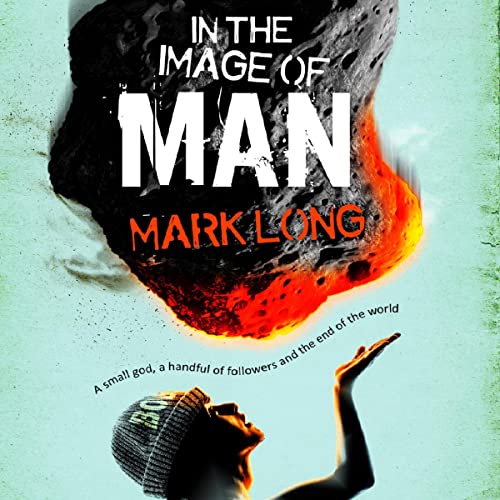Allow me to introduce Bob, the small god of vending machine repair and computers. He may be new at the job, and he is still learning, but he is a very hard worker.
As the story unfolds, there is an ancient godling adrift in Berkshire, England, and he needs believers if he is going to keep existing. This tiny god, who comes to be known as Bob, is small, powerless, and unseen. Drifting through the ages, he is brought to consciousness following a tragedy and must gain followers to stay alive – and without belief, there is no capacity for miracles.
Bob goes to work, invisible and inexperienced, silently watching and hoping for people to love him. He learns all about vending machines and then computers, but humans prove much more complicated. As the days pass, his power increases as his unknowing colleagues mutter “oh God” and start to believe, even if only a little.
But modern life takes its toll, even on a higher deity. Bob needs a sacrifice, a token of dedication. Not any old sacrifice, though – no blood and guts are needed here, just a chocolate bar given freely in his name.
Ray Charles and Mary Callaghan had no idea that their lives were going to be changed forever when this weak but desperate small god introduced himself. Ray’s anger over his wrecked car tire draws Bob like a beacon to him. Mary’s emotional turmoil teaches Bob all about love and betrayal. He watches over her, but not even a god is safe from making serious mistakes. Soon, a psychiatrist, the police, and even the Pope are brought into the confusion. On top of all that, Bob finds that he needs a far bigger congregation if he is going to save the world from impending doom. Can he do it?
The first in a quirky, fun trilogy, written in a tongue-in-cheek style by author Mark Long, this story looks at human nature and belief systems in a distorting mirror. It is charming, sweet, and thought-provoking.
